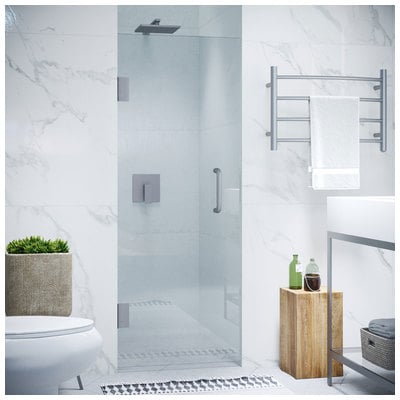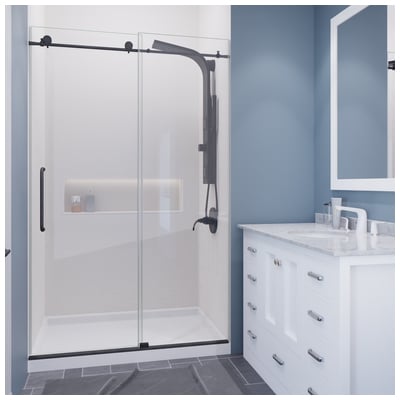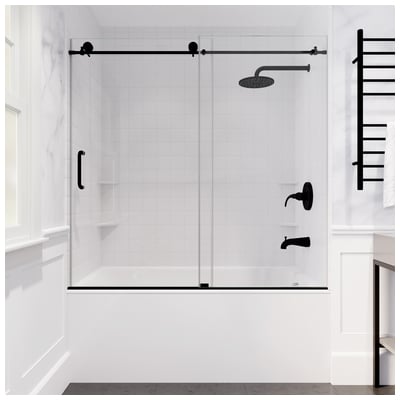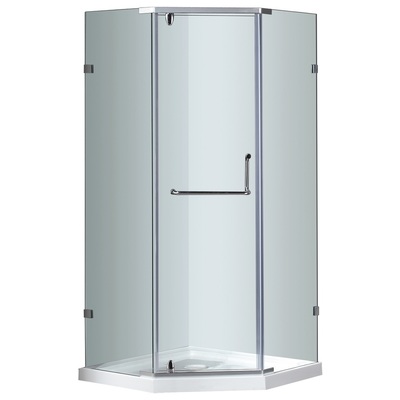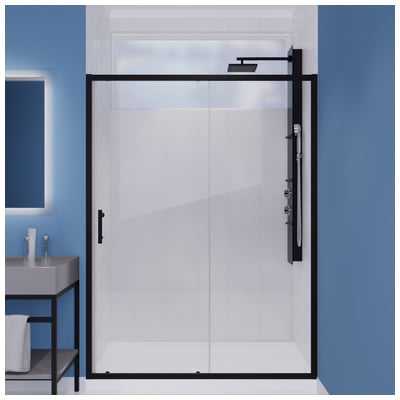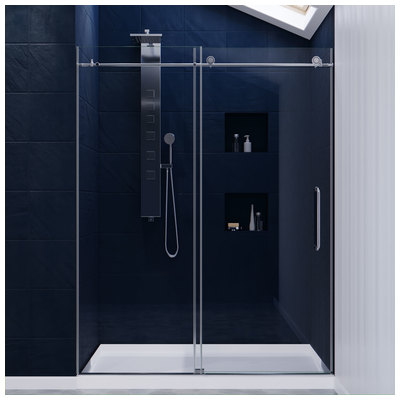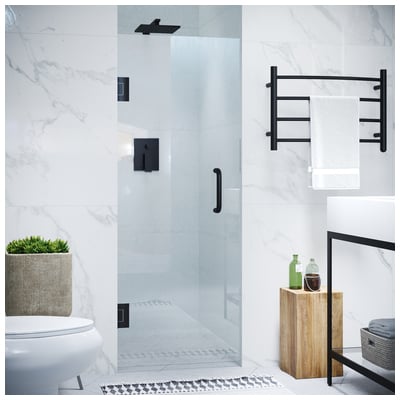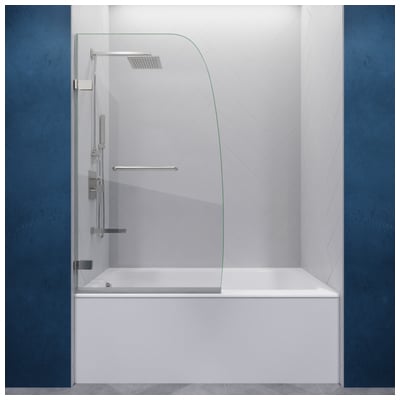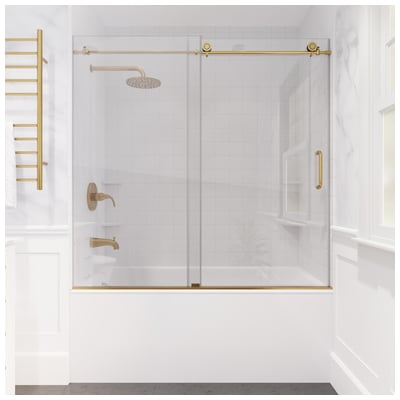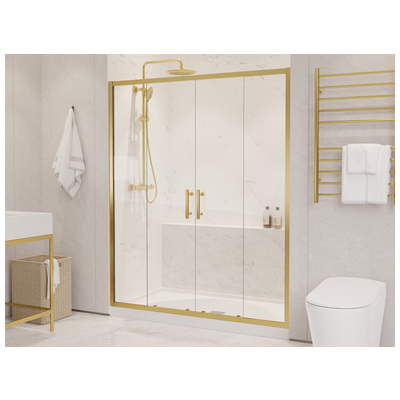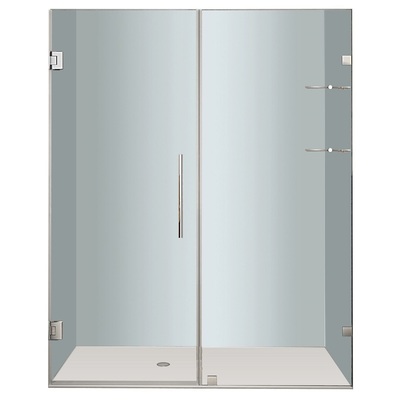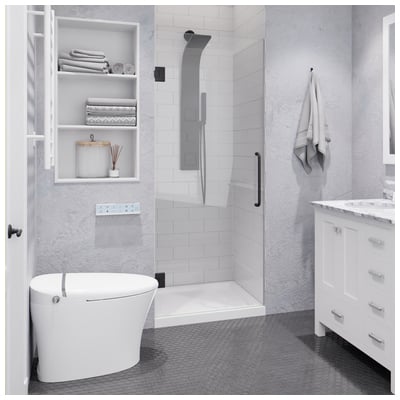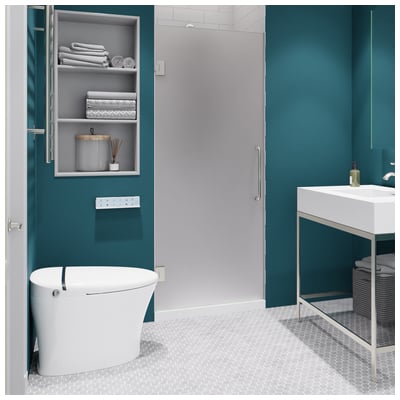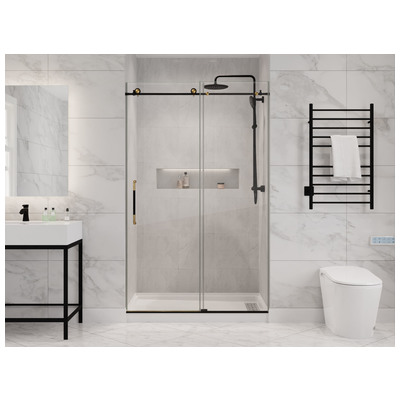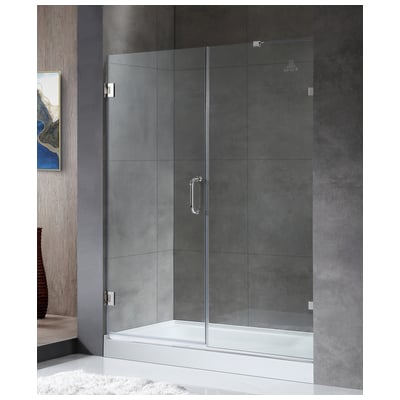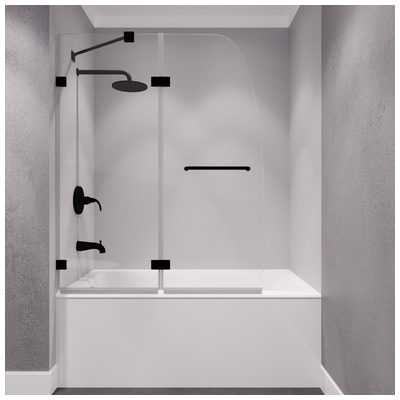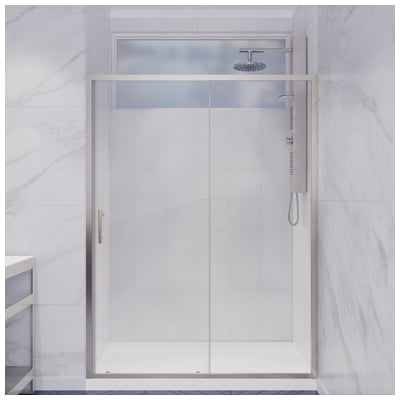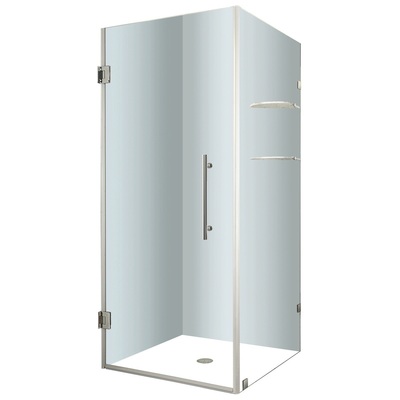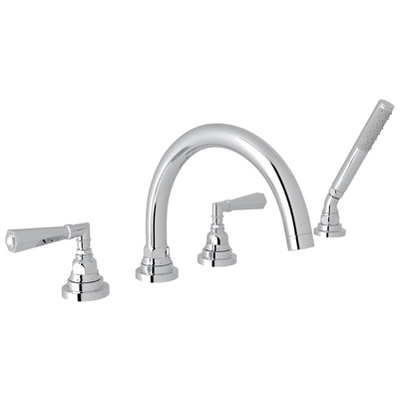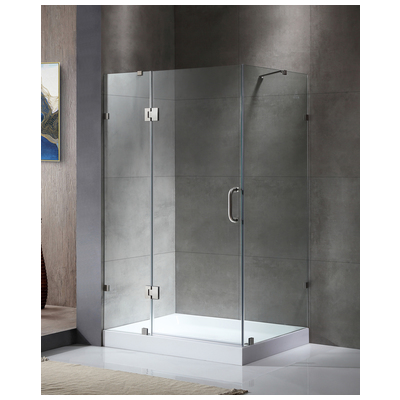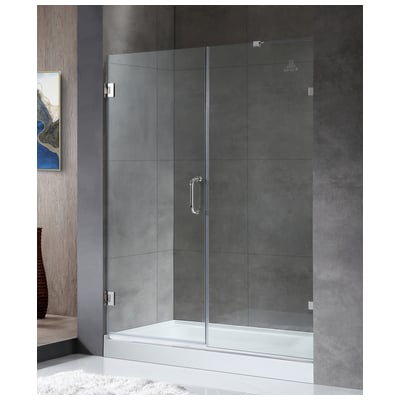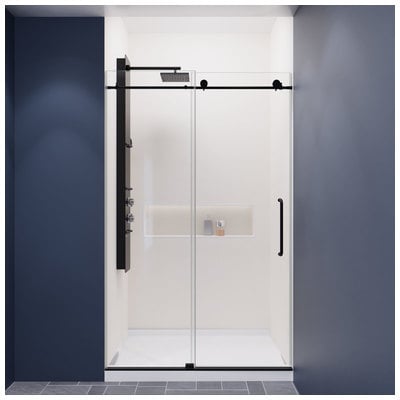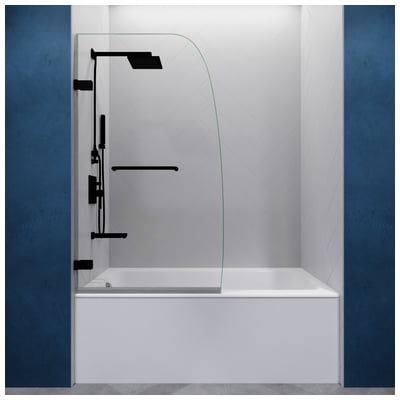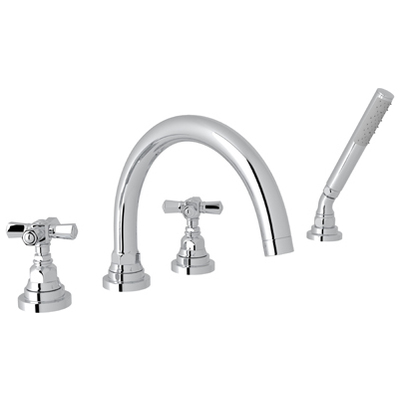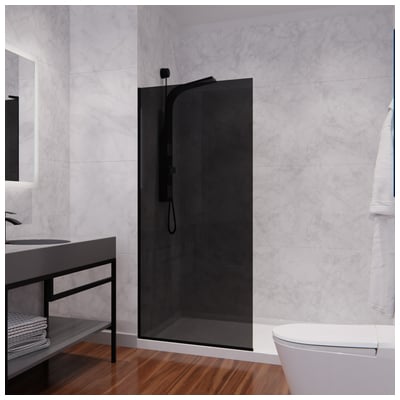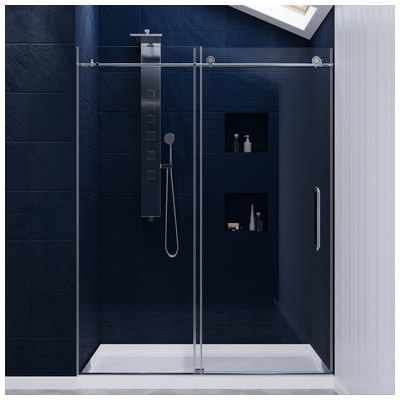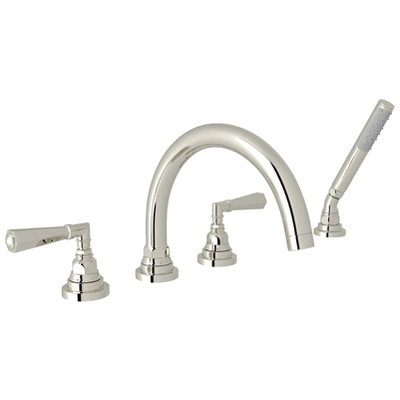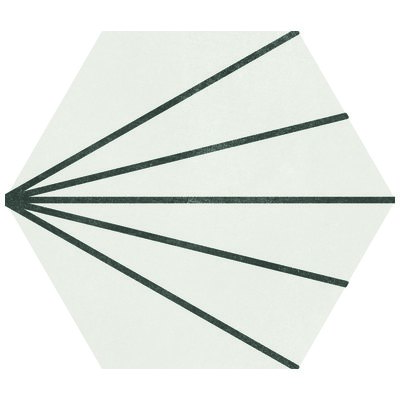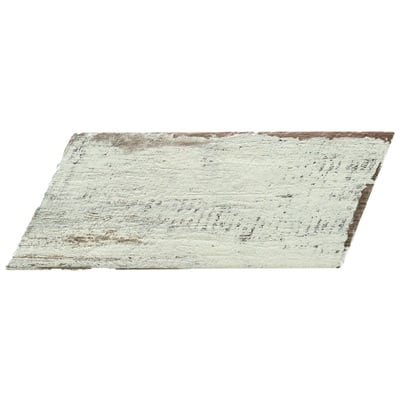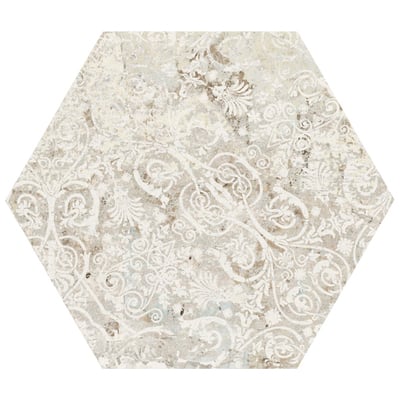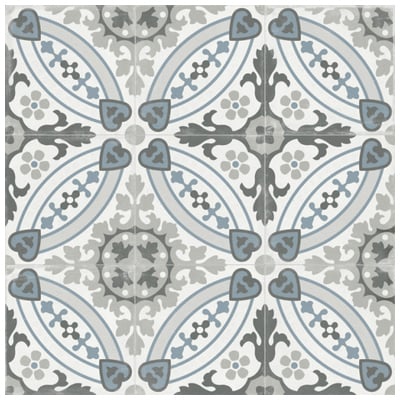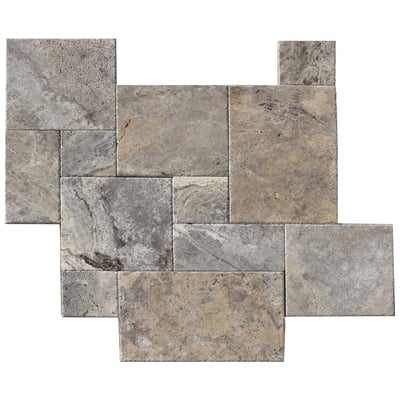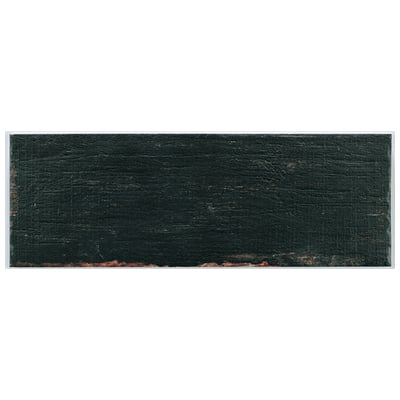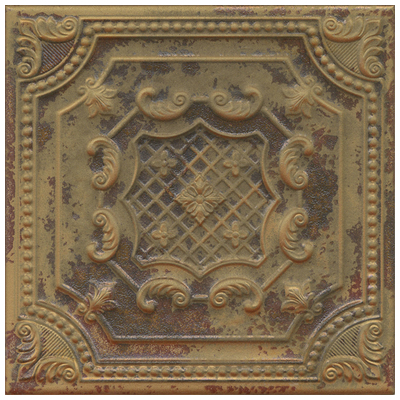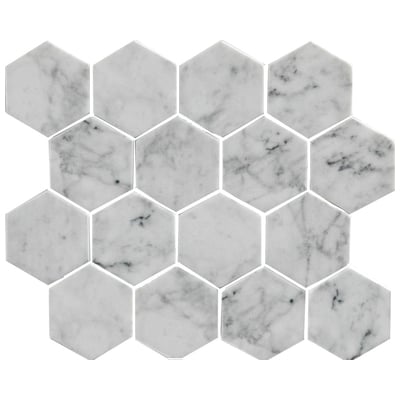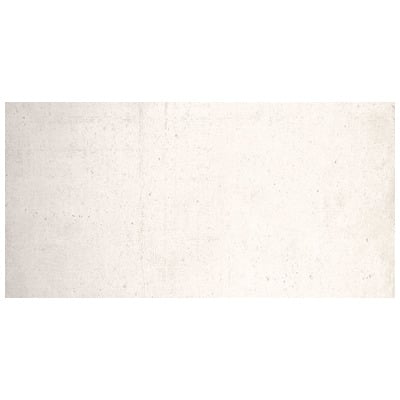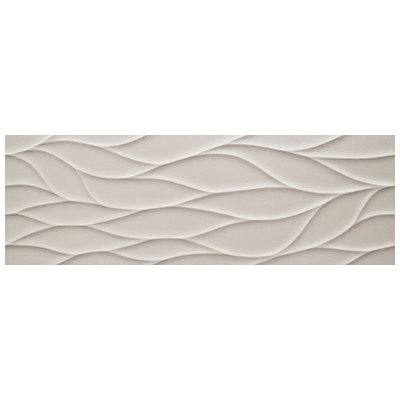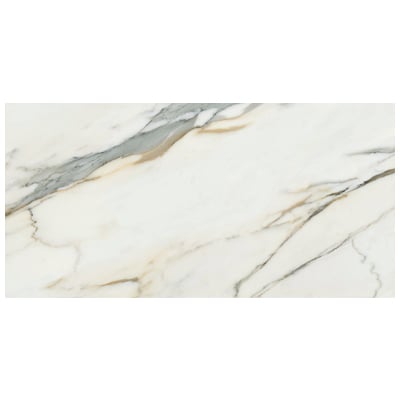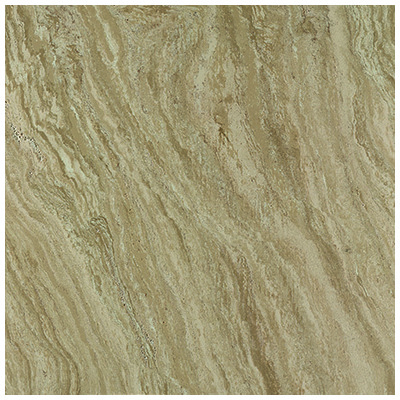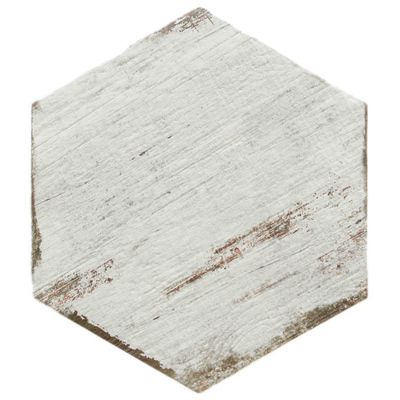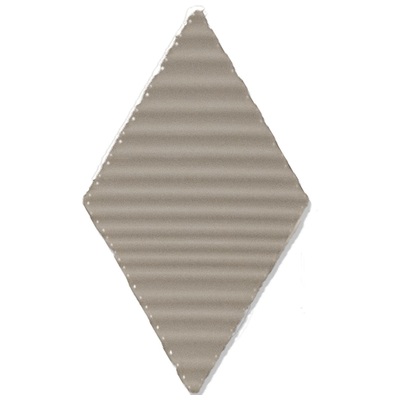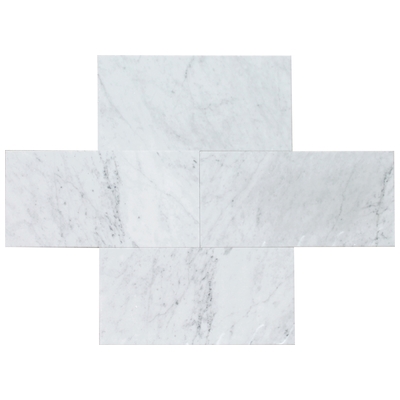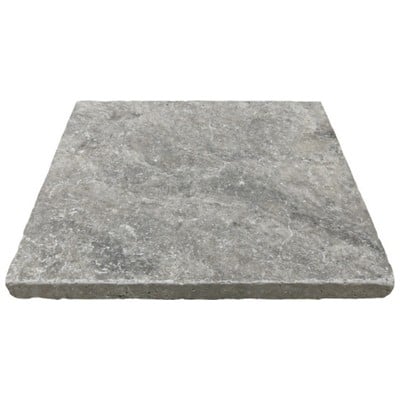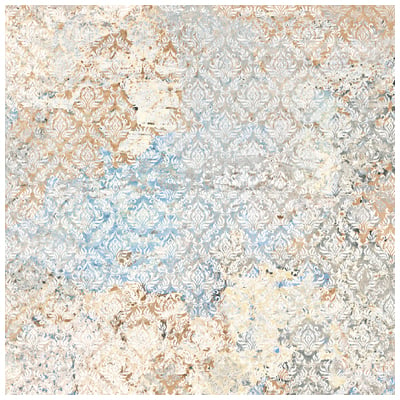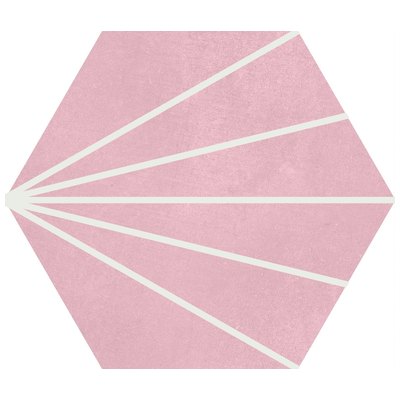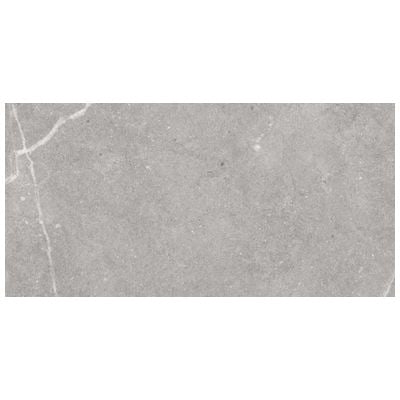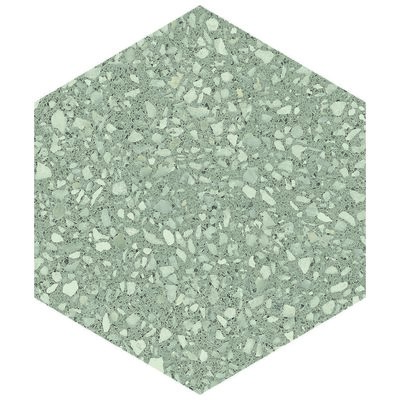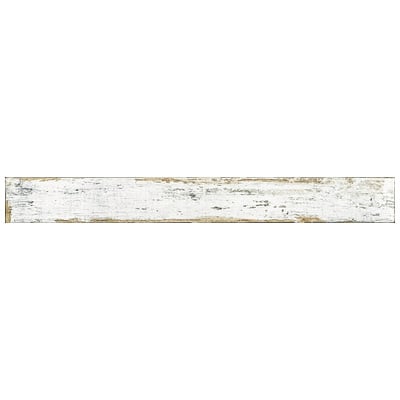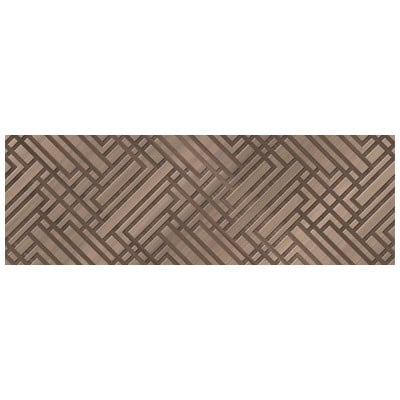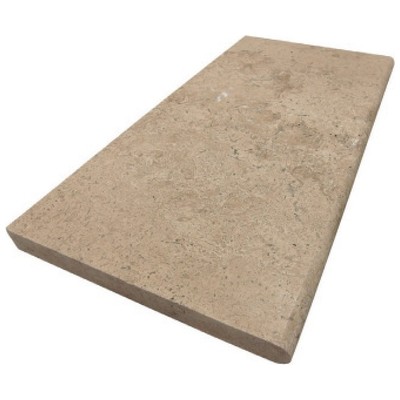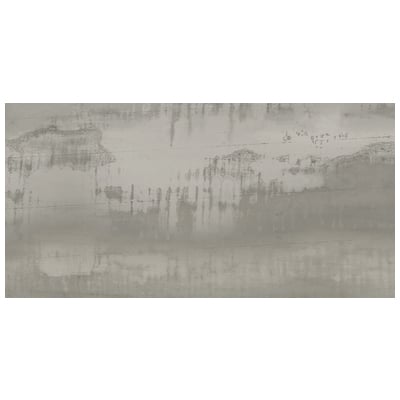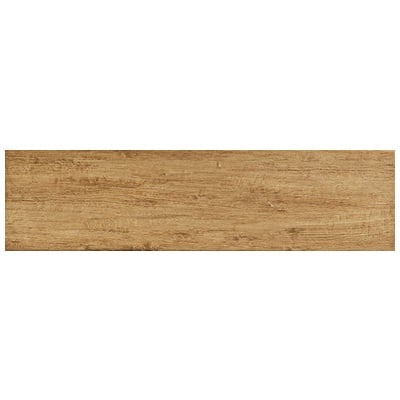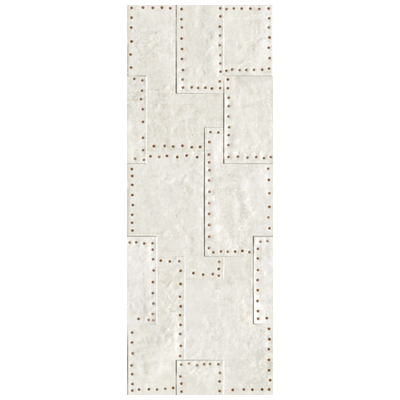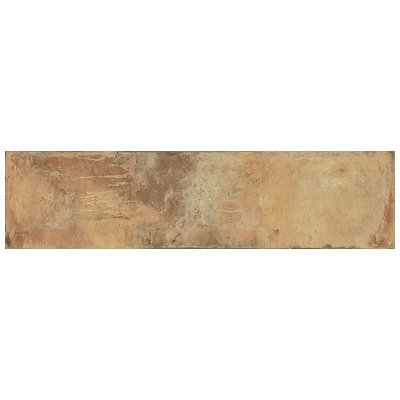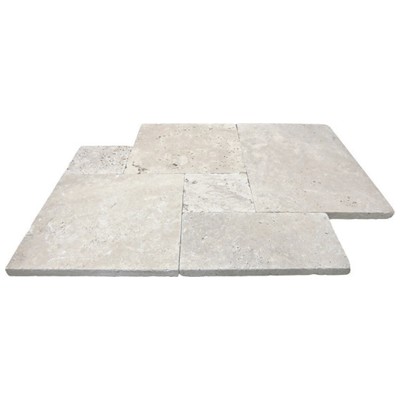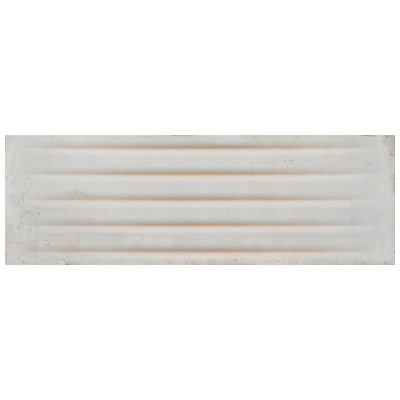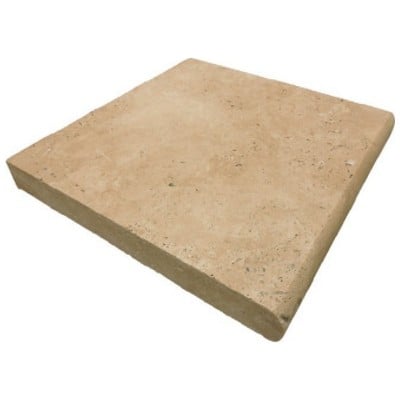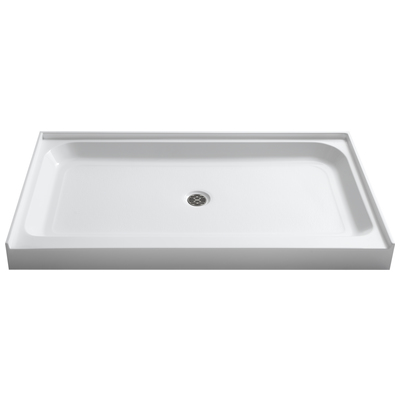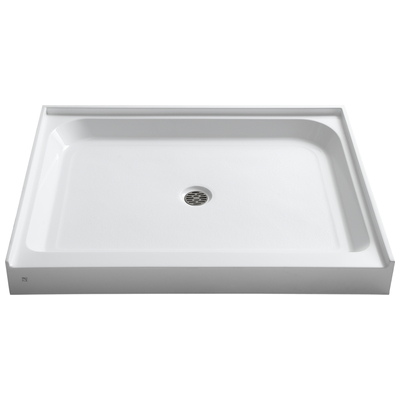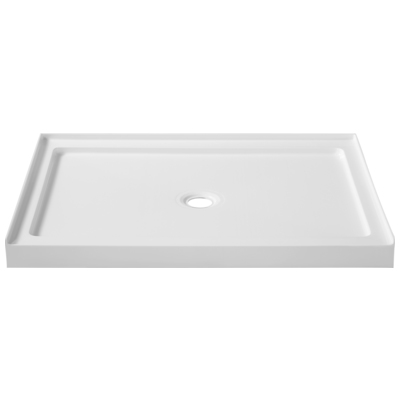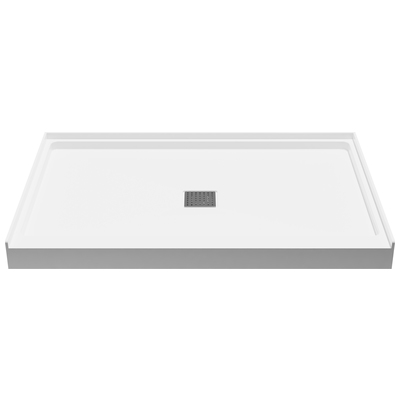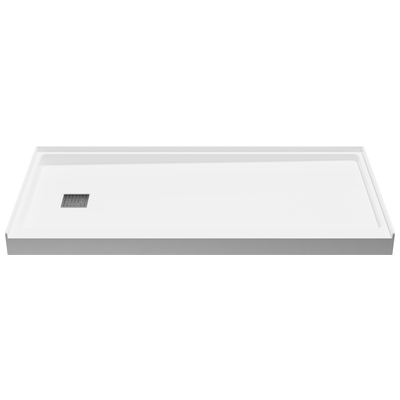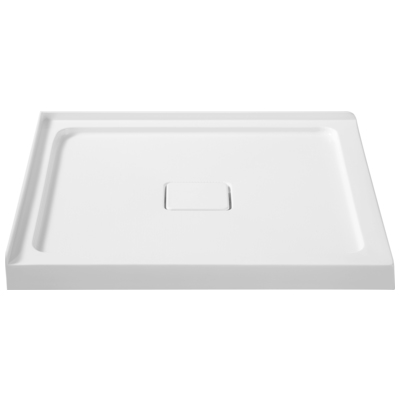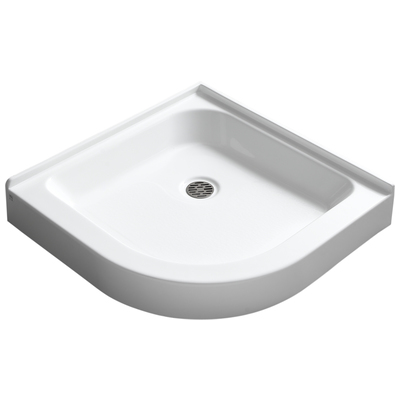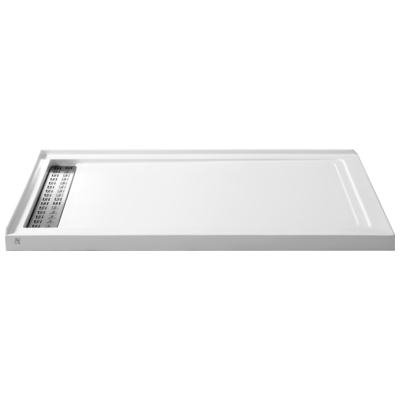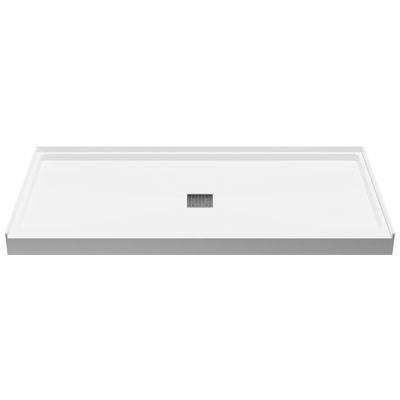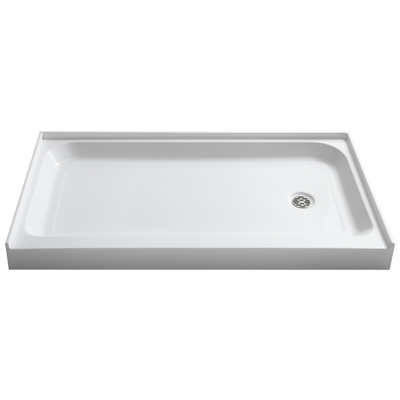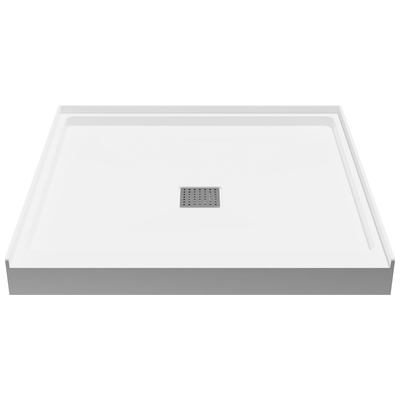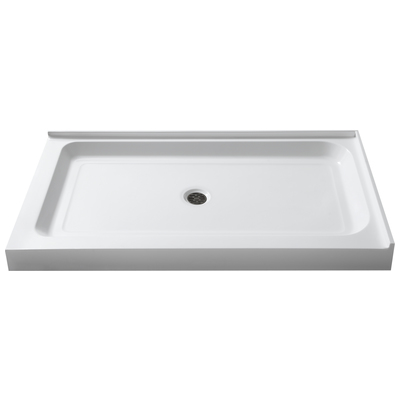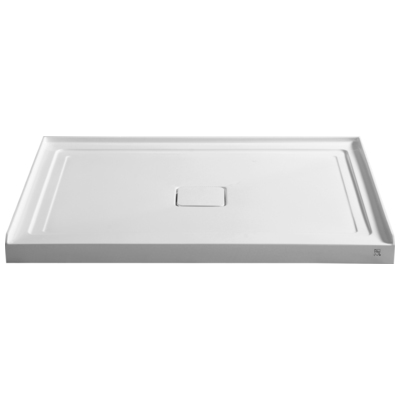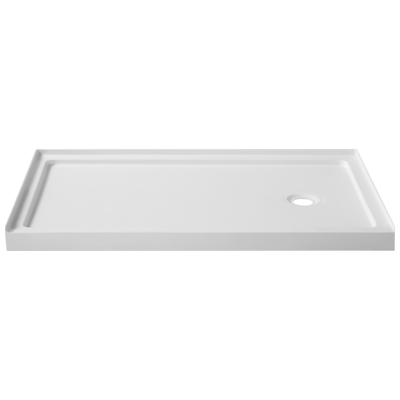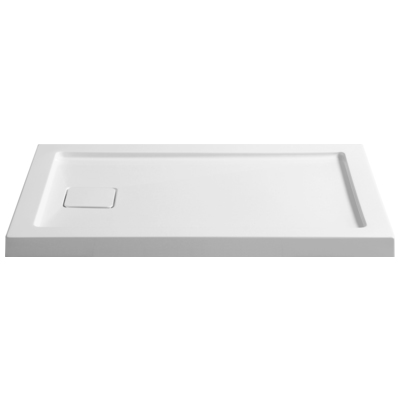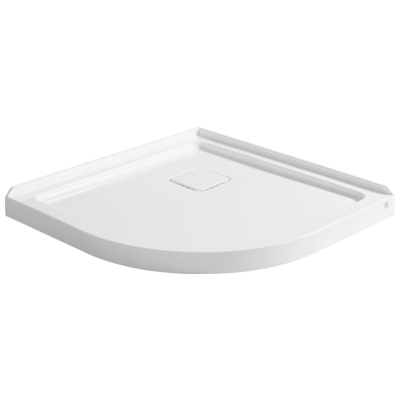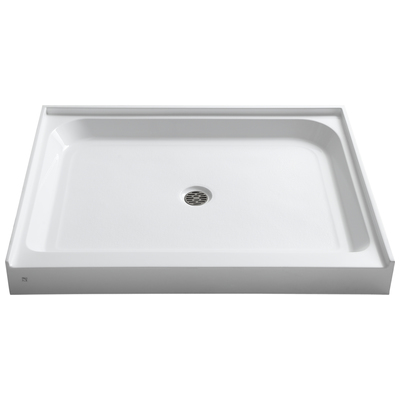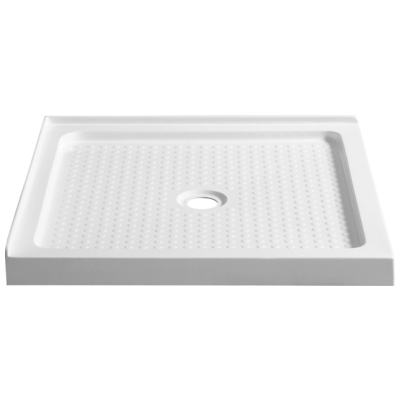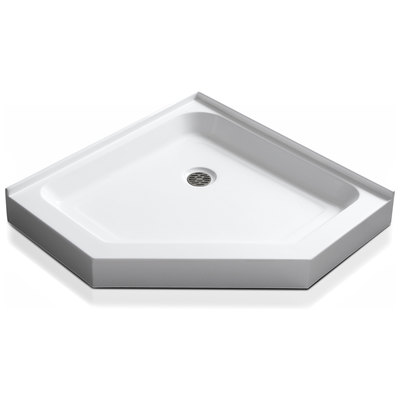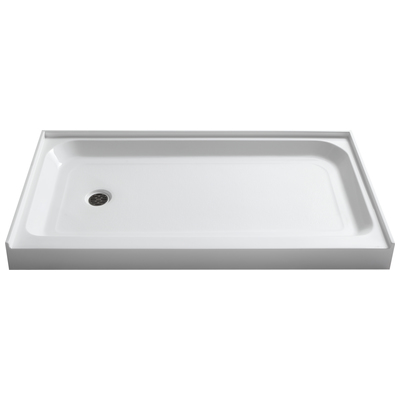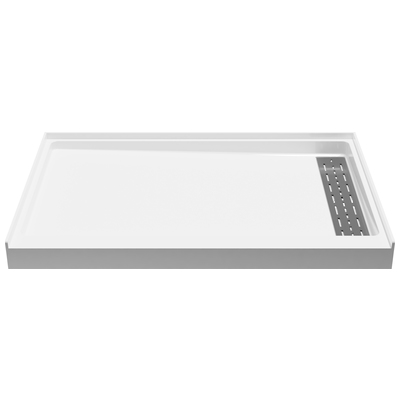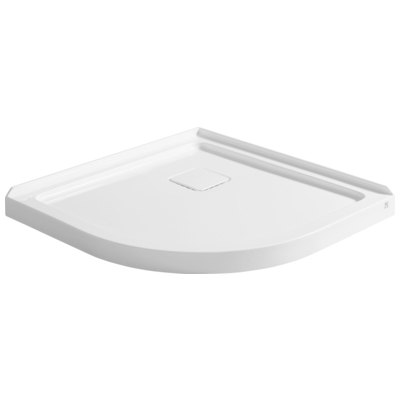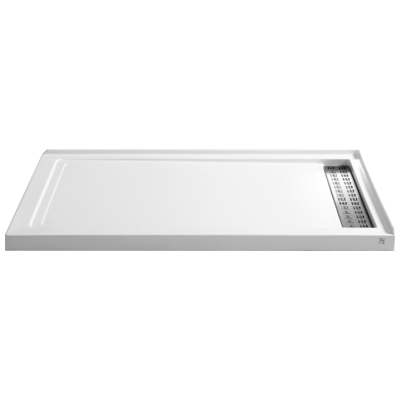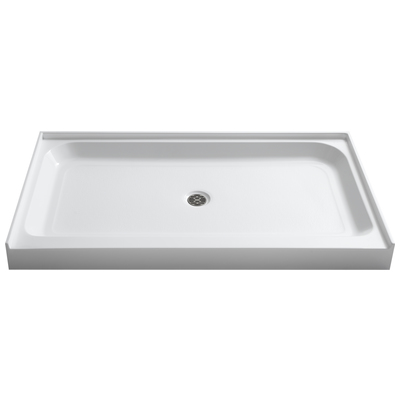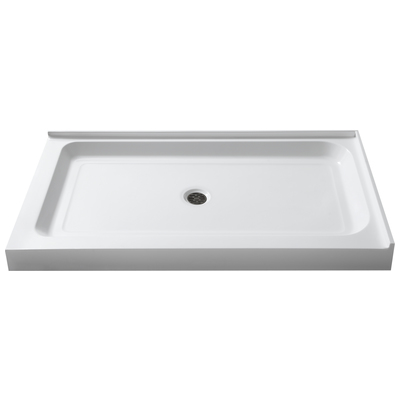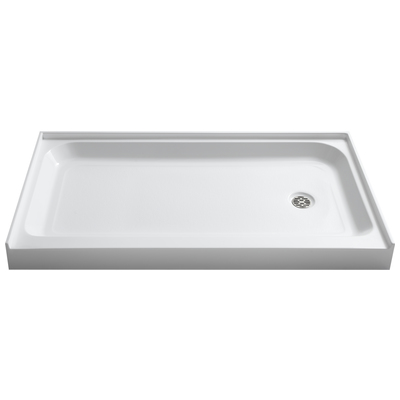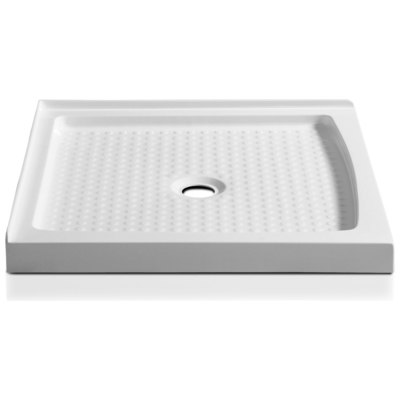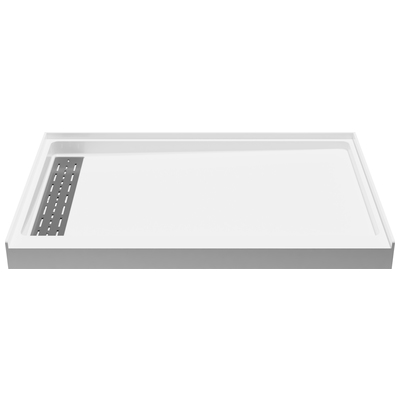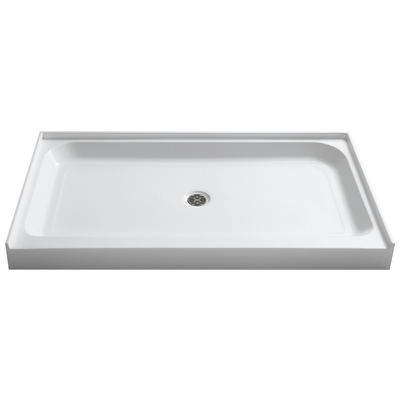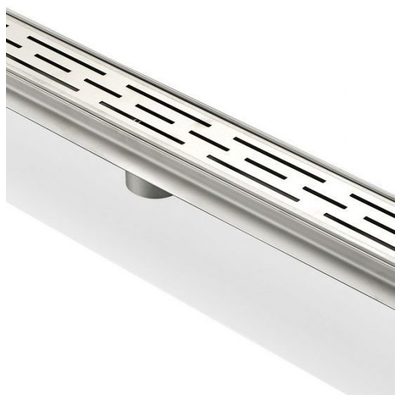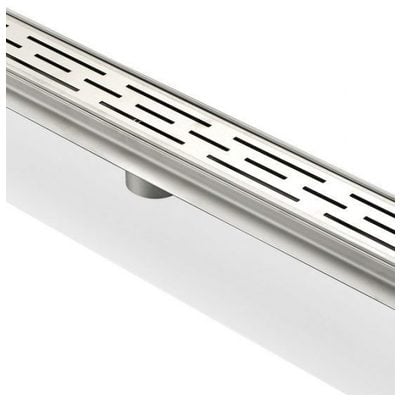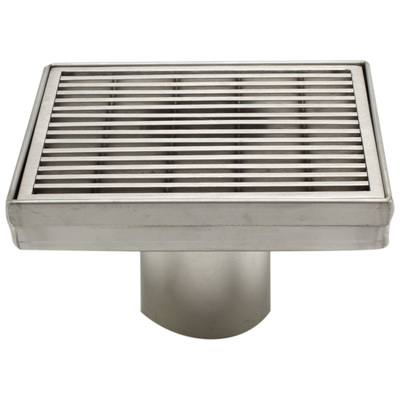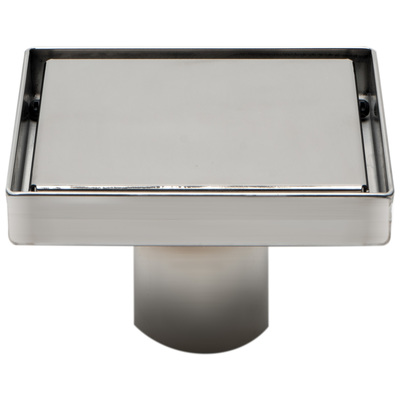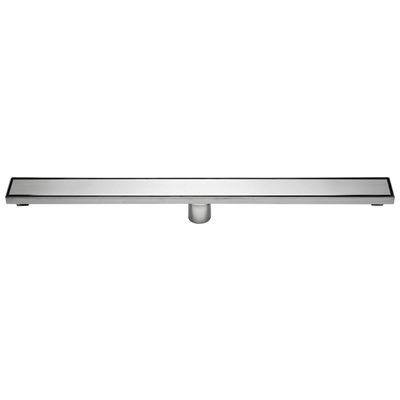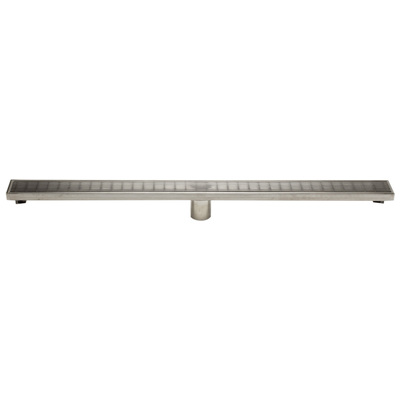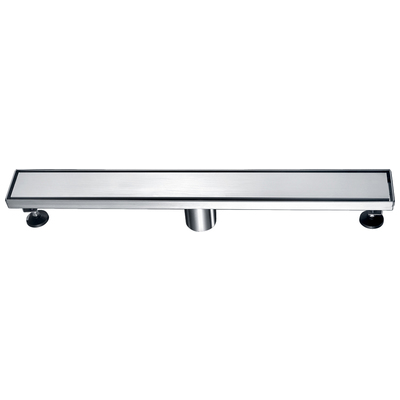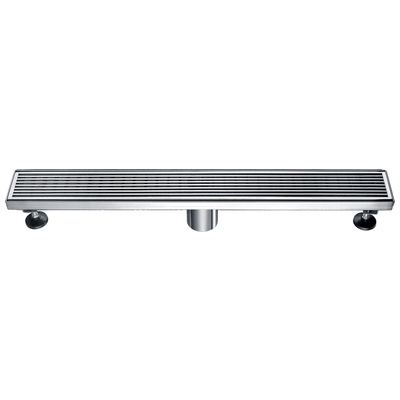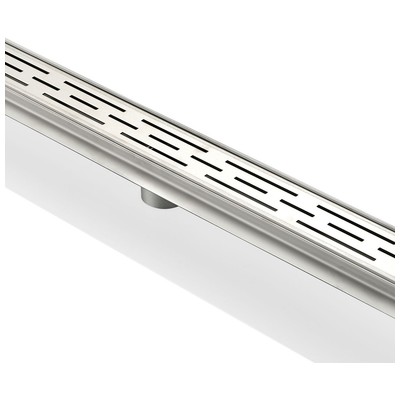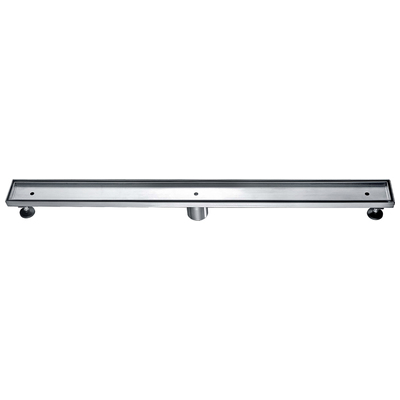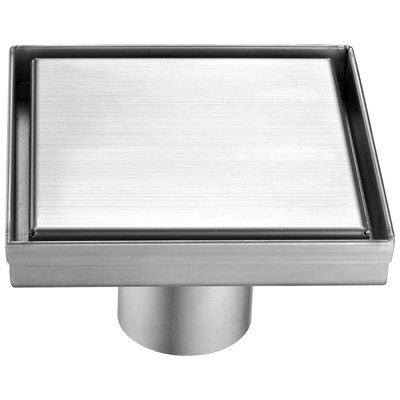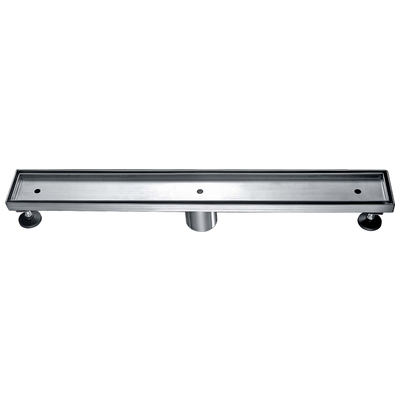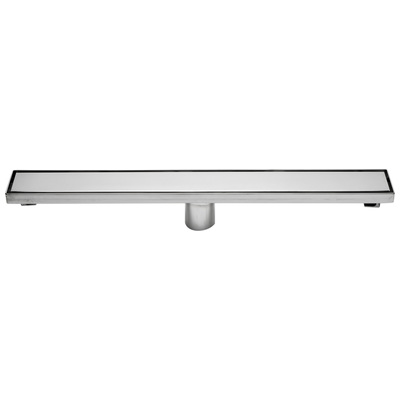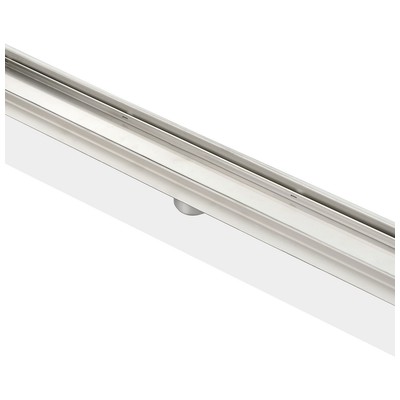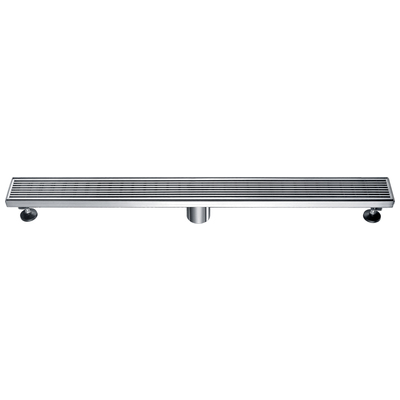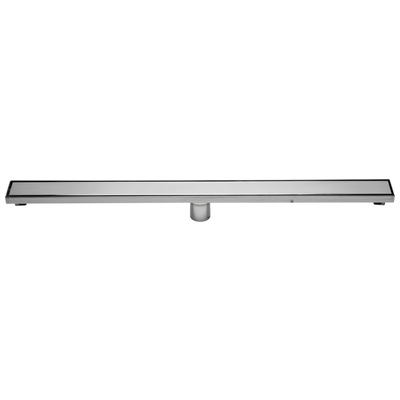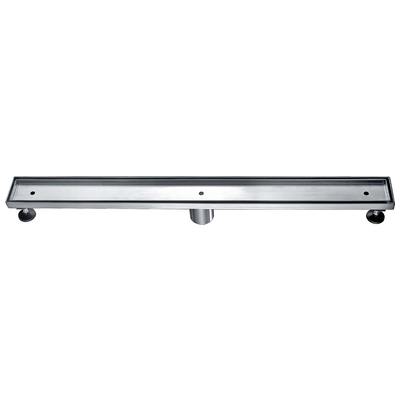Over the past decade, bathroom design has been trending more modern – sleeker, more open, seamless, and minimal. That means everything from frameless showers to large format tile to slab cabinet bathroom vanities. But the big secret is: that minimal look is anything but simple to achieve. Showers that are open, curbless, and blend perfectly into the rest of the bathroom take a lot of work to look so effortless. Linear shower drains are a big part of how this look is achieved. But they require precise, specialized installation to keep your new luxury spa bathroom from ending up a swampy mess.
Why Bother With The Bar?

Linear shower drains can have a very elegant, minimal look; they’re rare and high-end enough that they add more style to your shower than a drain has any right to. But the real reason linear drains have started to become so common isn’t aesthetic, it’s practical. The growing popularity of custom, multi-function luxury showers has raised demand for drains that can accommodate all that water. Widening your waste pipes or adding a second wastewater line are both options. But linear drains can accommodate a higher volume of water with a single waste line. So while they can be quite a pain to install, linear shower drains are actually a pretty solid compromise between even more extensive plumbing work, and simply having your shower flood every time you use it – both bad options!
Shop Shower Enclosures:
On The Level

To understand why linear shower drains are fiddly to install requires a quick look at how regular showers drain. For many homes, the water from your shower lands on an acrylic shower pan or bathtub. These acrylic bases are waterproof and have a built-in incline that encourages water to flow toward the drain. Tile showers with a curb work in a similar way, with waterproofing under the shower floor and small-format tile laid at an angle in all directions to direct water toward the drain.
Linear Drains And Seamless Design

In a totally seamless, curbless, barrier-free setting, you’ll need to ensure the entire sub-floor of your bathroom is waterproofed. Then, the tile on top should have a steep enough grade to ensure water makes it to the drain unassisted. Needless to say, that takes skill (and a lot of renovation) to pull off. You’ll not only need to completely tear out your existing floors in order to add a layer of waterproofing underneath, but very carefully level everything from the ground up – ensuring the waste line, the base of the drain, the body of the linear enclosure, and the tile all measure up just right, at an angle that will see water on its way out. Get it wrong, and at best you’ll end up with wet floors and standing water. At worst, bad backups and major water damage.
Linear Drains Allow For Large Format Tile

The good news? Linear shower drains make a bigger, easier target than a typical round or square shower drain. Placed either against one wall or in the center of the room, you need only grade the floor in one or two directions rather than all four to ensure adequate drainage. That means one big thing: you can get away with using much, much larger format tile. Small 1″ squares are easy to flex to accommodate a small central drain; but larger tile can only be installed intact on a much simpler incline. So if you want to use large format tile for your shower floor (or get that oh-so-sleek seamless look throughout your entire bathroom), you virtually have to have a linear shower drain to do it.
Shop Ceramic Field Tile:
What Are The Drawbacks (Besides The Cost!)

The actual hardware for a linear shower drain is far from prohibitively expensive. But the extent, cost, and invasiveness of installation certainly can be. That said, linear shower drains don’t have a whole lot of other drawbacks. They can be icky to clean (they’re still shower drains, but bigger) if you don’t tend to them regularly. You may also find that they drain a little bit slowly; the drain itself works by catching water in a large sub-floor trough and diverting it to (usually) a single drain. Too much water, and the trough will fill faster than it can empty. You can avoid this problem with good calculations of your shower’s water output before installation; you may need a second waste line or wider drain if you use multiple shower heads simultaneously.
Shower Pans With Linear Drains

Not looking to gut your bathroom and rebuild from the ground up? That doesn’t mean a seamless bathroom or a linear shower drain are totally out of your reach. If it’s the style of the drain you like, axing the “seamless” part will move the project back into the realm of feasible. Adding a curb will cut down the scale of your project significantly, while opting for a traditional acrylic shower pan will let you have the simplicity and affordability of installation you want, plus the decorative beauty (or seamless finish) of the drain itself.
Shop Acrylic Shower Floors:
Recessed Shower Floors?

If it’s the “seamless” part? Consider building your shower down rather than up. A “hidden” pan below the level of your floor will let you waterproof a smaller area. Top it with water resistant wood planks (like teak or ipa) for a “shower floor” that’s level with the rest of your bathroom, but with a much more localized plumbing and tiling project. You’ll need to clean underneath the wood to keep your setup sanitary. But the larger basin and elevated floor mean you’ll never have to worry about standing water or slow draining.
When planning a new custom shower, easy to think about all the ways you can get water into your shower without thinking too much about where it all goes. But a solid foundation and adequate drainage aren’t just among the most important elements of your project, they can also be the most expensive. So while linear shower drains might (rightfully!) at the top of your list, keep in mind that the price of the parts isn’t the same as the price of the project.
Shop Luxury Shower Drains:


